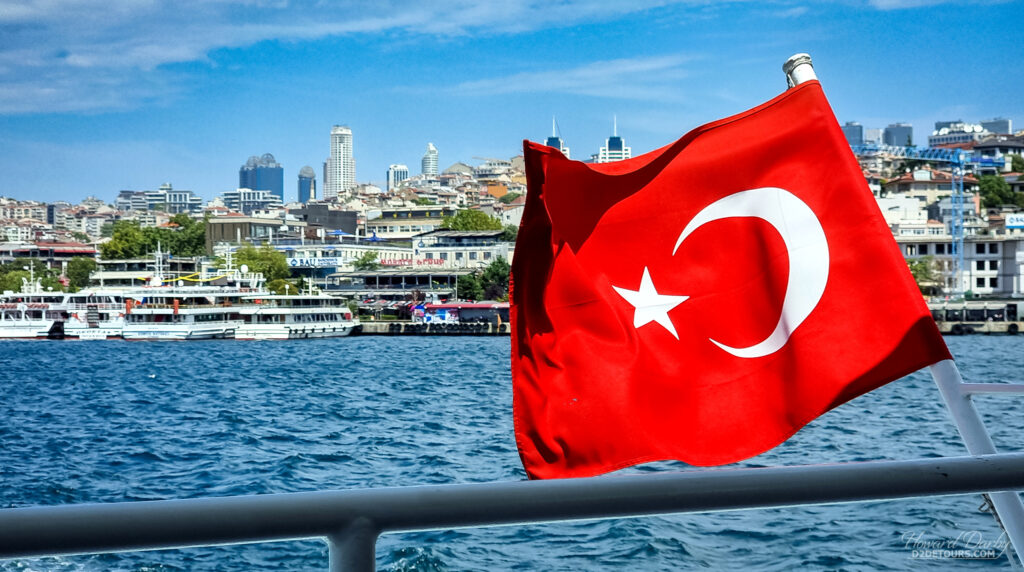
Since we began our nomadic travels three years ago we’ve visited 132 cities, but until now have not re-visited any of them; Istanbul is the first. It was our third stop less than a month into our trial run in 2021, and at the time, while it was certainly interesting, it did not capture our hearts. For me, the size was overwhelming. Since then we have consistently read about people who absolutely LOVE the city and thought maybe it deserved a second chance.
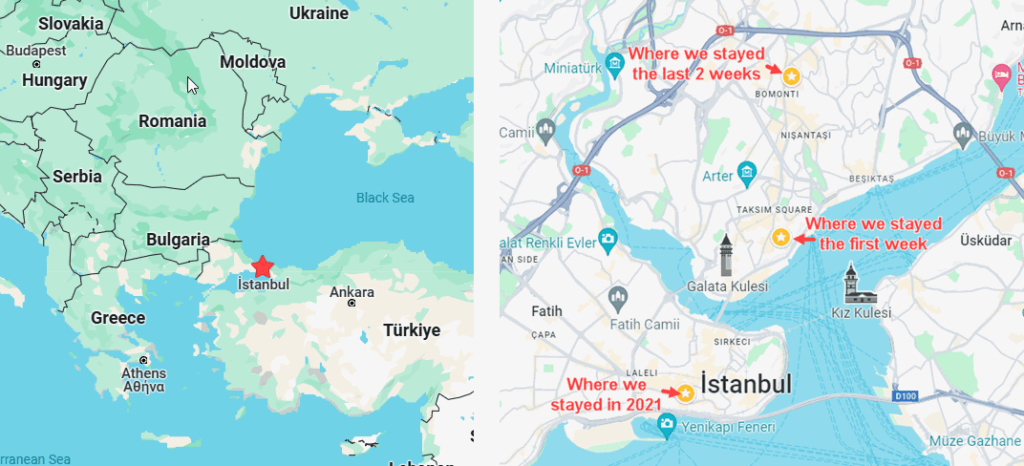
Over the past three years we’ve learned a lot about what’s important to us in terms of comfort. One of the key things we’ve discovered is that it’s not the size of a city, but where we are situated within it that can make or break a visit. In 2021, we thought we were so smart picking an Airbnb close to the action – a five-minute walk from the Grand Bazaar and tram lines. What we didn’t do was a very thorough job scoping out supermarkets and restaurants in the area. We found ourselves down a highly commercial street that was hectic, noisy, and devoid of character. Traveling full-time means we’re not out constantly sightseeing, and often have stay-at-home days that might include reading, binge-watching Netflix, travel planning, or mundane tasks like laundry. Having an inviting setting for those activities is critical. This time we were more discerning in our Airbnb selection and stayed in two different neighbourhoods: Beyoğlu with its winding cobblestone streets meandering up and down the hills not far from Taksim Square, and Şişli (Shishli), a more affluent, upscale neighbourhood well away from the tourist attractions of Istanbul.
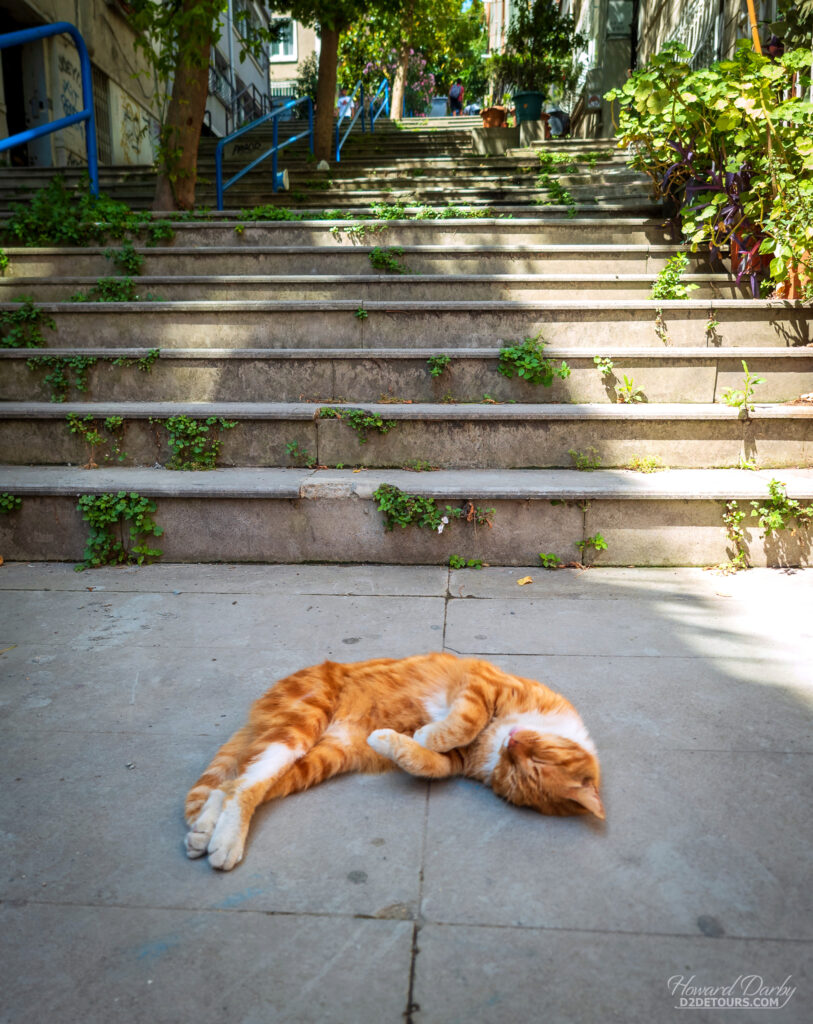
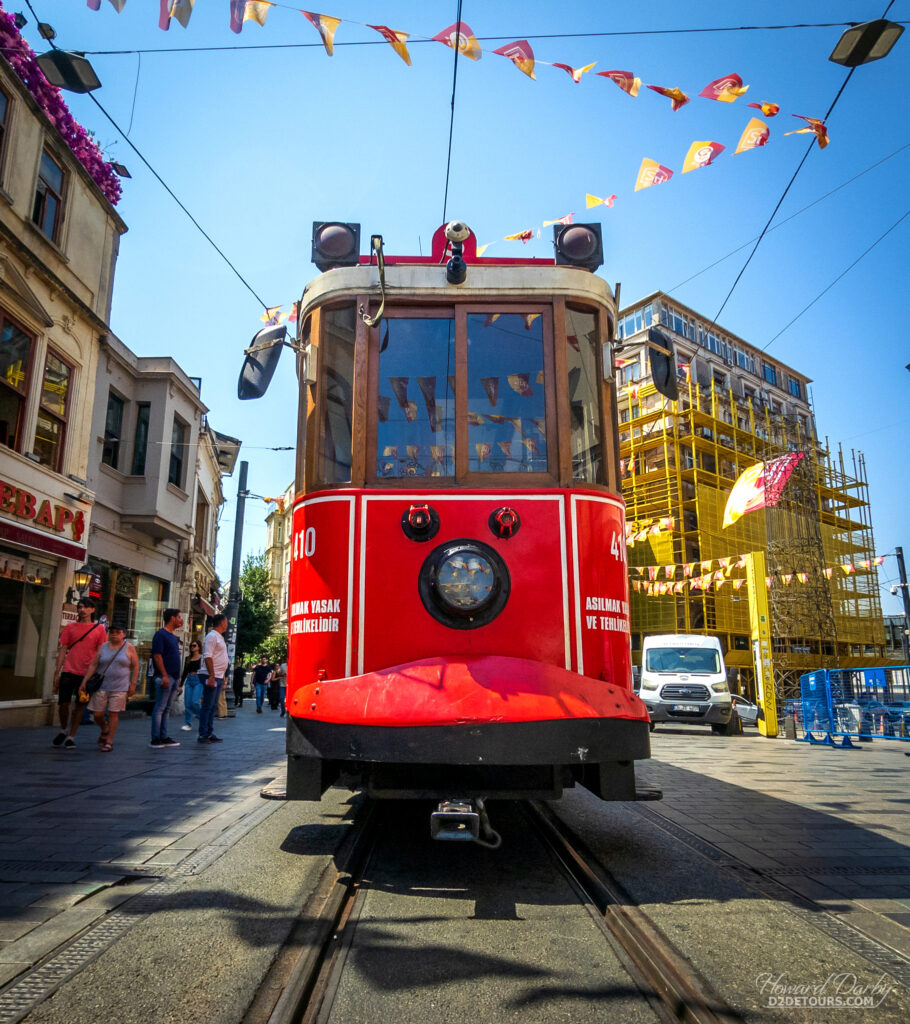
While neither Airbnb was right next to public transportation (which by the way is phenomenal and inexpensive), bus stops or metro stations were easily reached with a 10 minute walk, and we felt we were part of a community. For example, Beyoğlu is full of small markets selling fresh fruit at local prices – a pint of cherries near the touristy Galata Tower was selling for three times what we paid at the market around the corner from our Airbnb for the sweetest drupes (the technical term for a stone fruit) I think I’ve ever tasted.
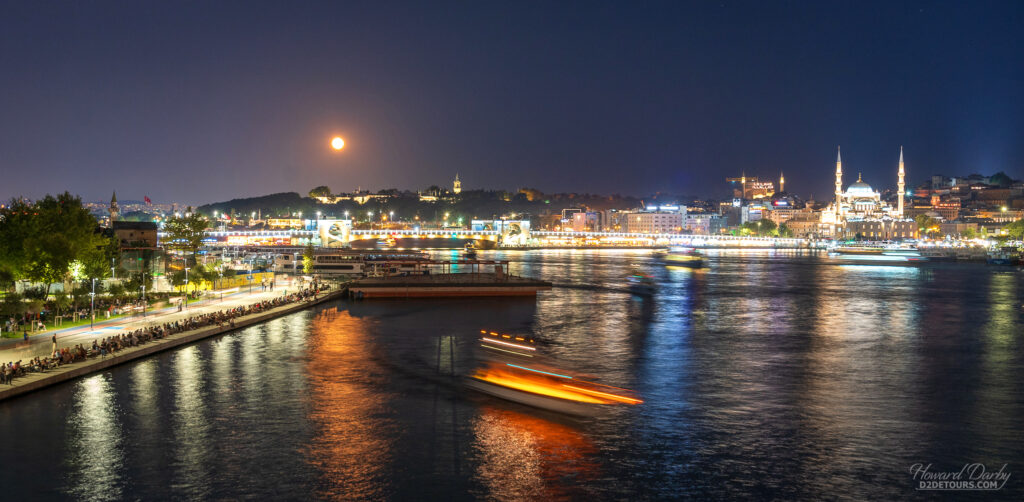
Fun fact: in 2022 Türkiye was the largest producer of cherries worldwide, accounting for 19% of the global market. Second fun fact: since 1923 when the modern Turkish Republic was established, English speakers have always pronounced (and written) the name of the country like the bird, Turkey. Beginning in 2021, the Turkish government began a campaign to get the world to adopt the proper spelling and pronunciation of their country – Türkiye (Tur-kee-yeah).
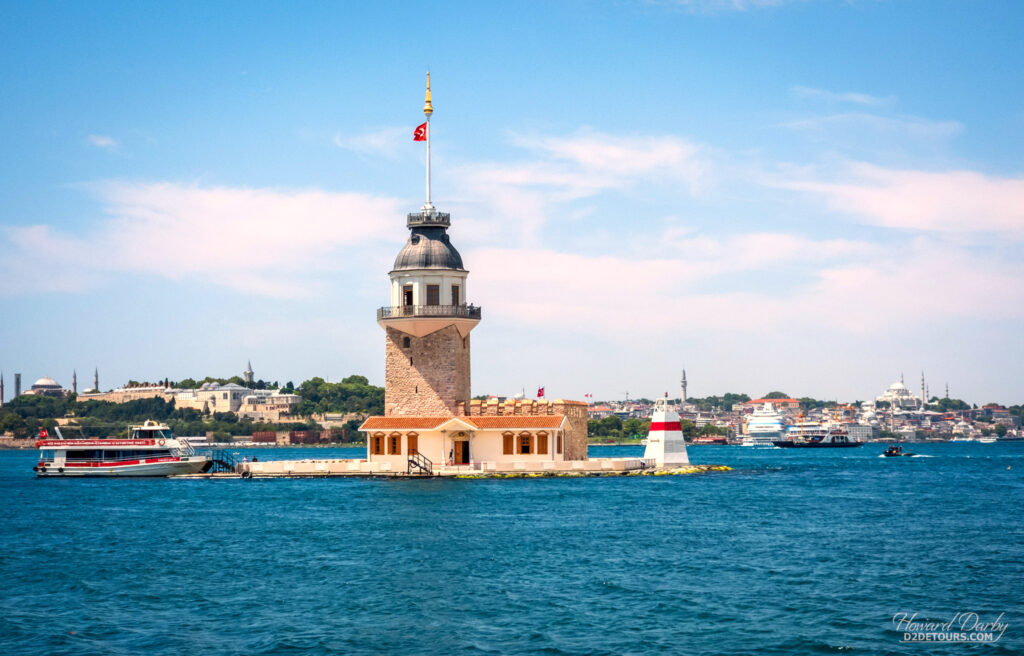
In Şişli, when our Airbnb host appeared to have forgotten to meet us with the keys, one of the neighbours, who didn’t speak a word of English but had been watching us from her balcony, came downstairs, took Howard by the hand and marched him down the street to a hotel whose manager apparently knew the owner of our Airbnb. The manager placed a call and our host showed up within minutes. Truly, the Turkish people are among the friendliest, kindest people we’ve encountered.
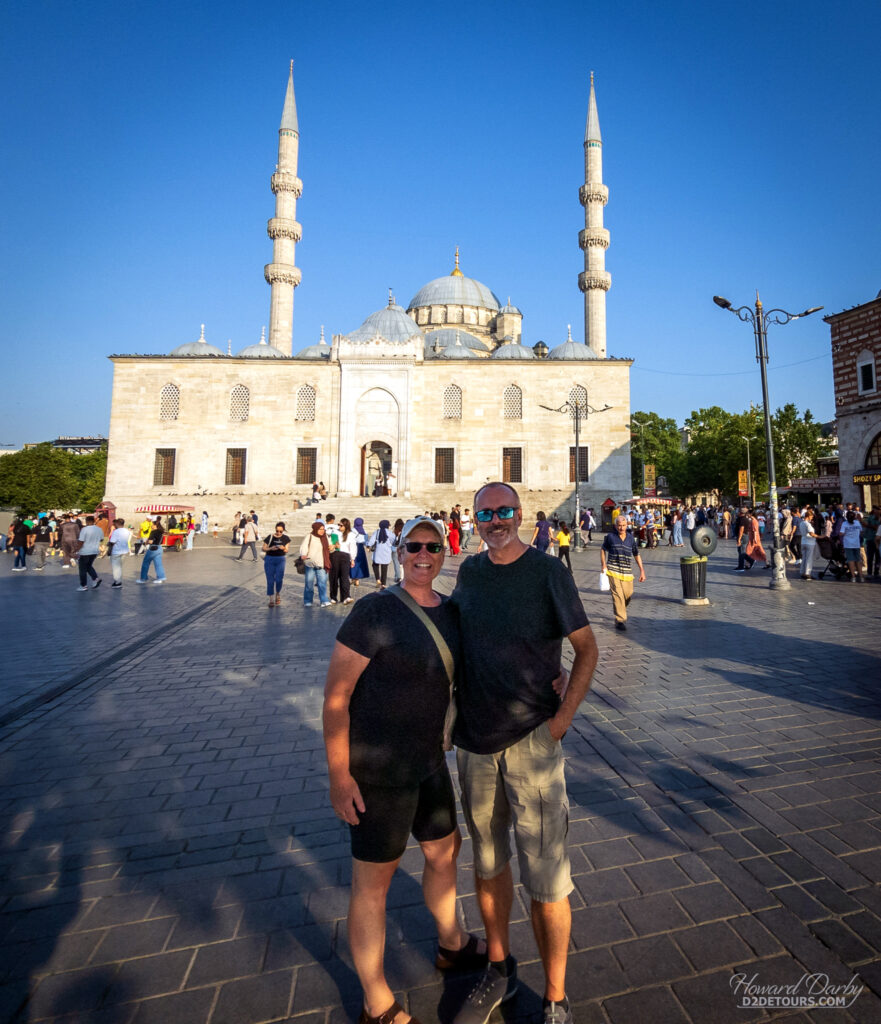
So after three weeks in Istanbul we HAVE changed our tune about this city, and we’re firmly in the love-it camp! We’d happily return, and felt that Beyoğlu was the ideal neighbourhood for us.

Because this is our second visit, I won’t do a deep dive into Istanbul’s history, you can find that in our original post, this overview of the city will be more of a photo journey, courtesy of Howard.
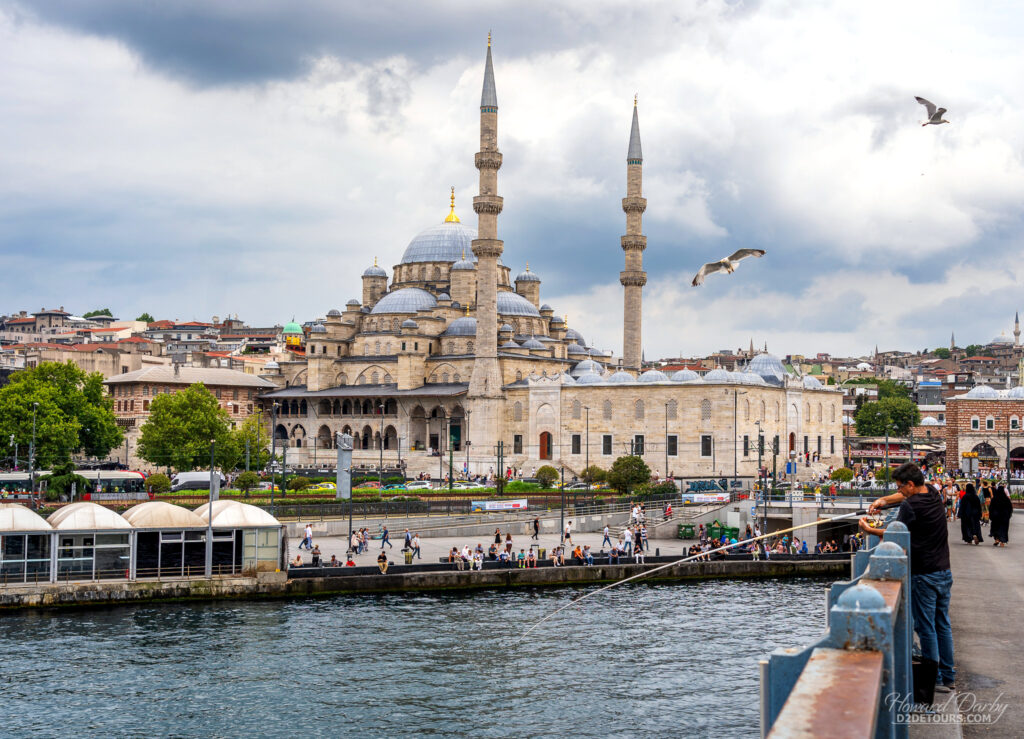
During our visit in 2021, the Sultan Ahmed Mosque, more commonly known as the Blue Mosque, was undergoing restoration work and the blue-tiled interior was completely obscured by scaffolding. The restoration is now complete and the tourists have returned in droves. We were walking past one morning and noted that the lineup for entry was virtually non-existent, so popped in.
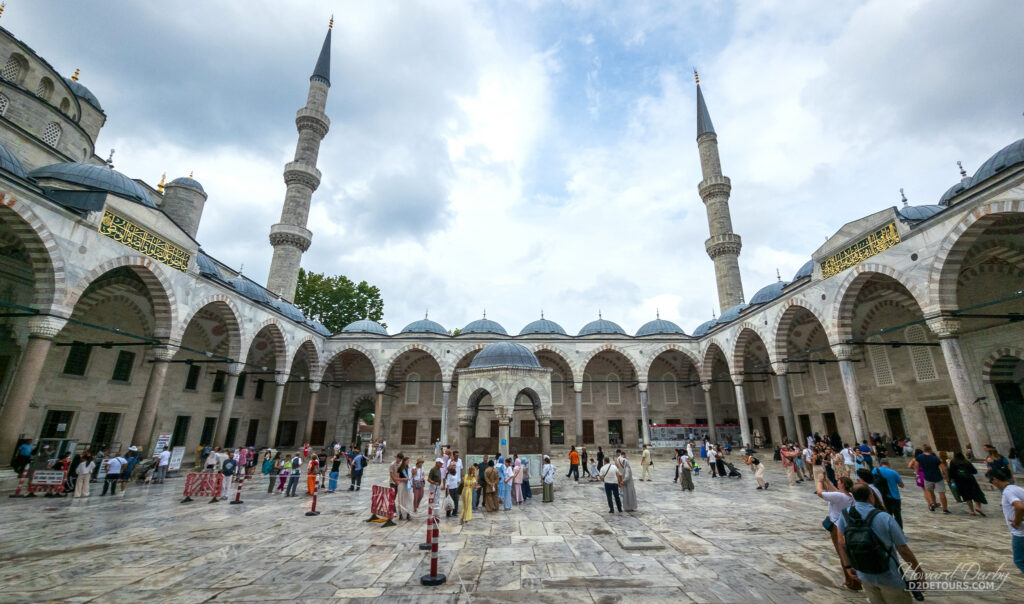
The mosque is a functioning house of worship so dress code etiquette is strictly enforced – fortunately, both Howard and I were wearing pants that covered our knees and I had a head scarf in my bag. The mosque was constructed between 1609 and 1617 and is one of the iconic sites in Istanbul. At the risk of offending someone, we weren’t blown away by the interior. The scale is impressive and the tile work is beautiful, but the queue to enter can often mean standing in the heat for hours before you get inside and you’re likely to be cheek to jowl with other tourists. We thought the Rüstem Pasha Mosque in Tahtakale, southwest of the Eminönü Spice Market, was even more stunning and we were the only people inside when we visited it in 2021.

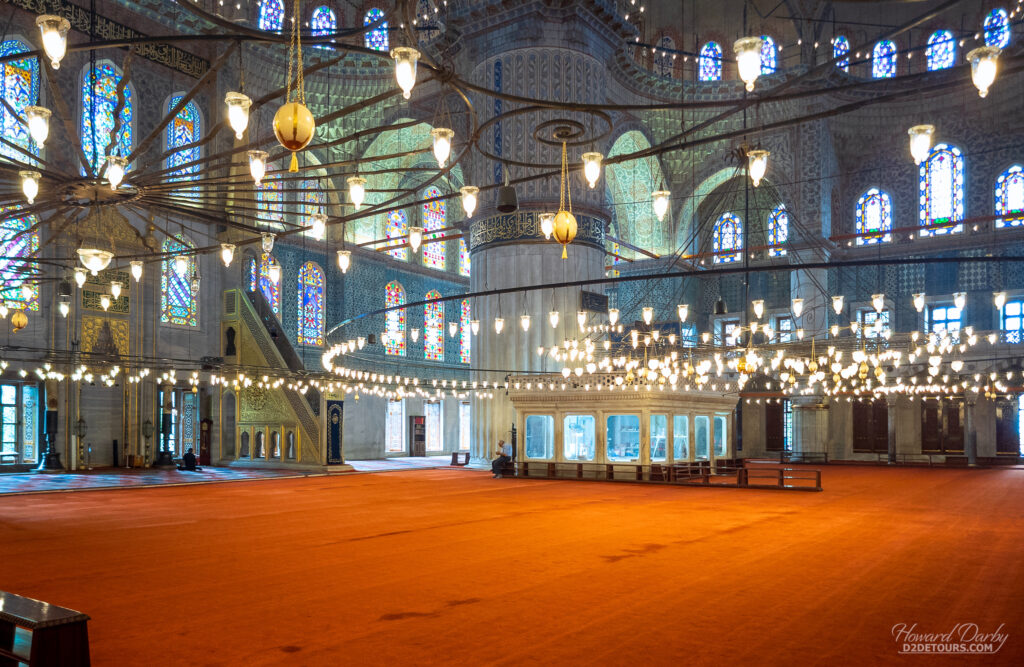
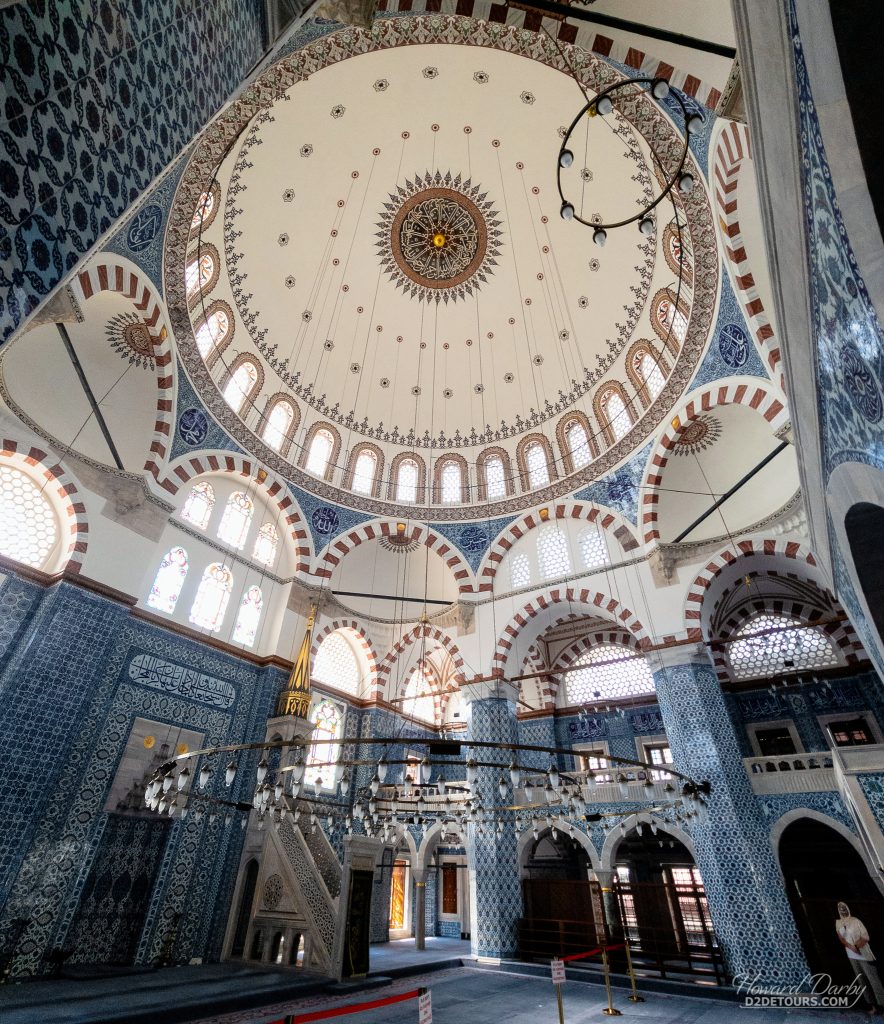
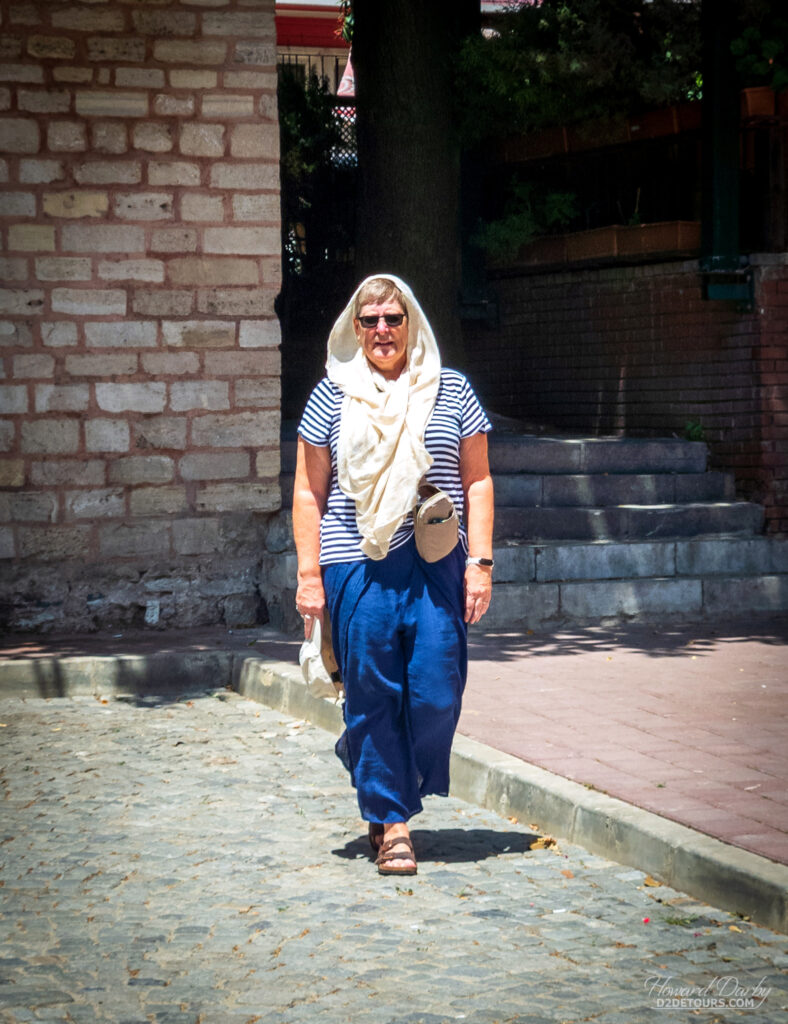
There are roughly 24 underground cisterns in Istanbul, with most dating from the 6th century. The best-known, and most impressive, is the Basilica Cistern, which also comes with an impressive entry fee, roughly $37 CAD/pp ($27 USD)! We opted for a free version, in the basement of a rug shop just down the hill from the hippodrome. Obviously not as awe-inspiring as the Basilica Cistern, it is still from the same era, gave us a good understanding of that type of structure, and we only had to share our visit with a kitty-cat.

Speaking of cats, you cannot walk more than a couple of feet without encountering at least one feline. They are literally everywhere in the city – the sidewalks, staircases, plazas, car roofs, metro stations – and the residents willingly feed and water them, even supplying little houses so they might escape inclement weather.
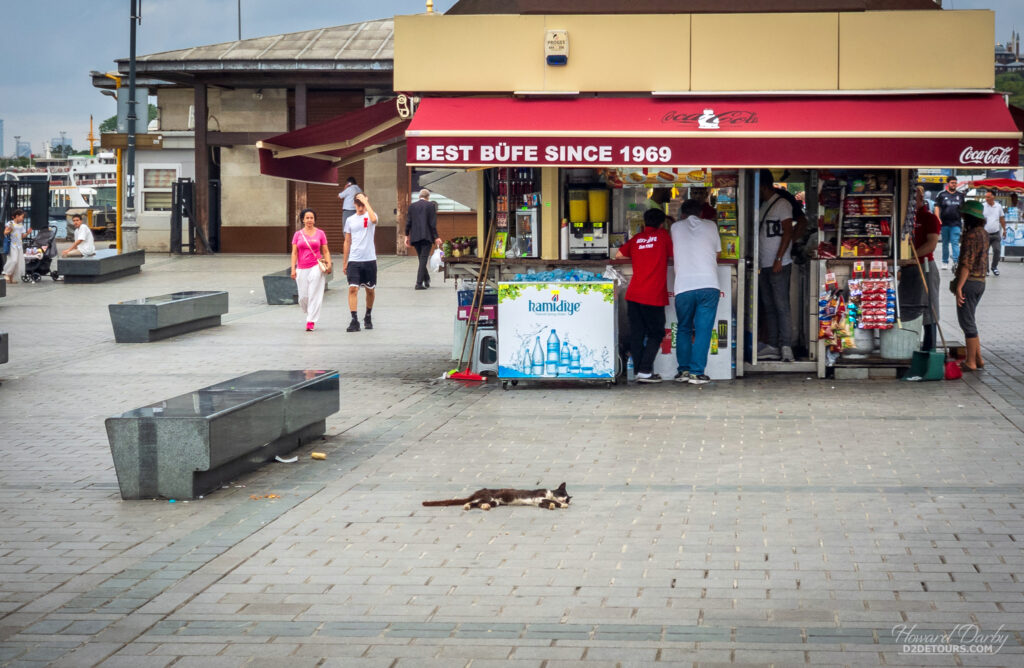
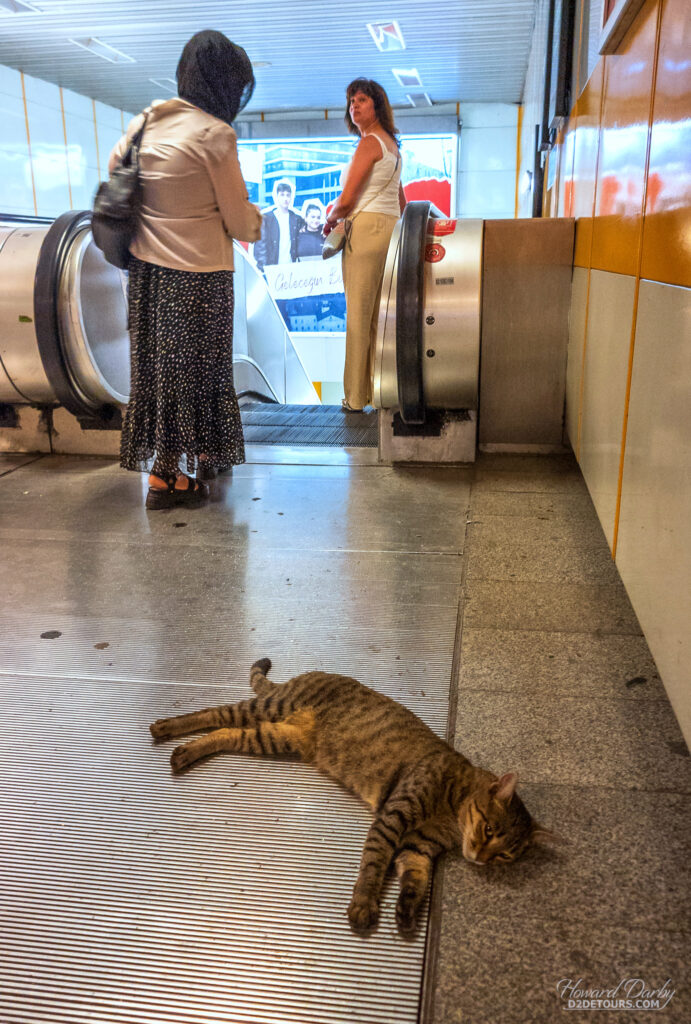
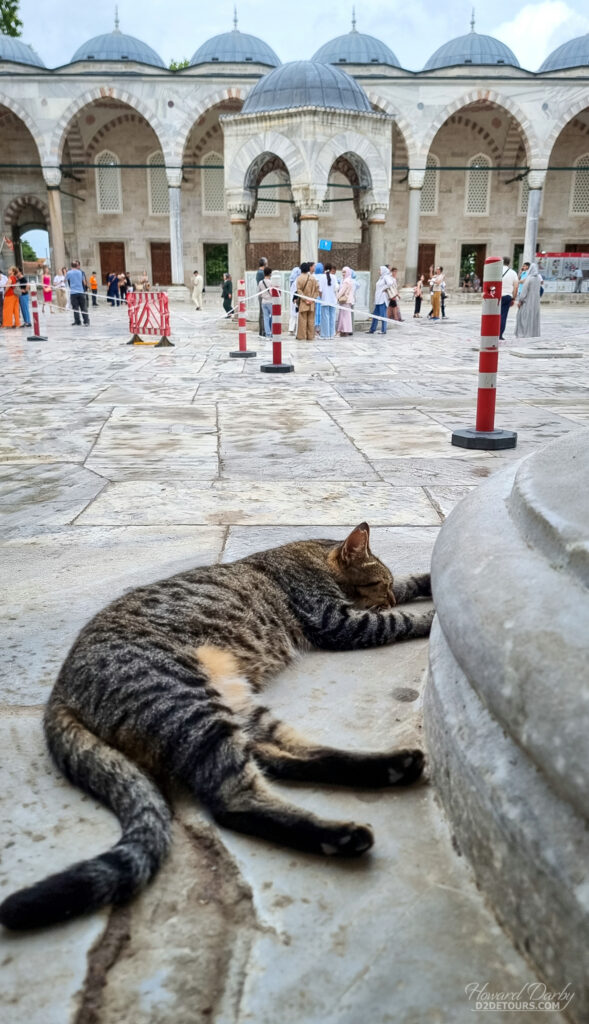
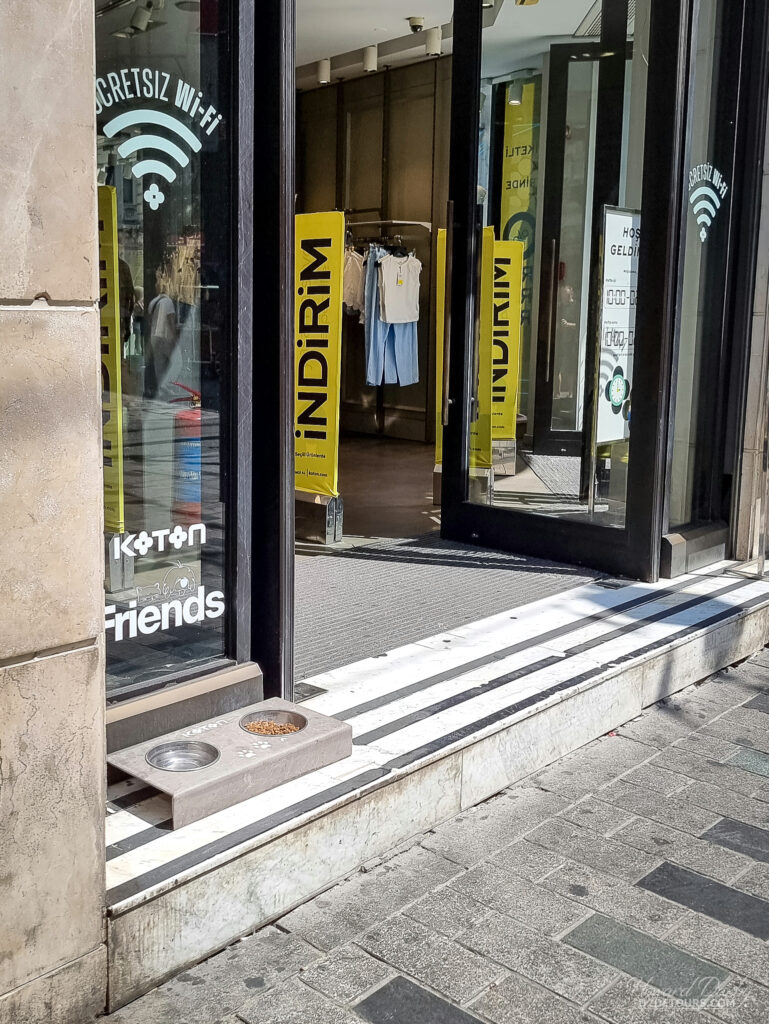
We did the big touristy draws back in 2021, so explored some of the other neighbourhoods this time, including Balat, with its colourful wooden houses, some of which are 200 years old.
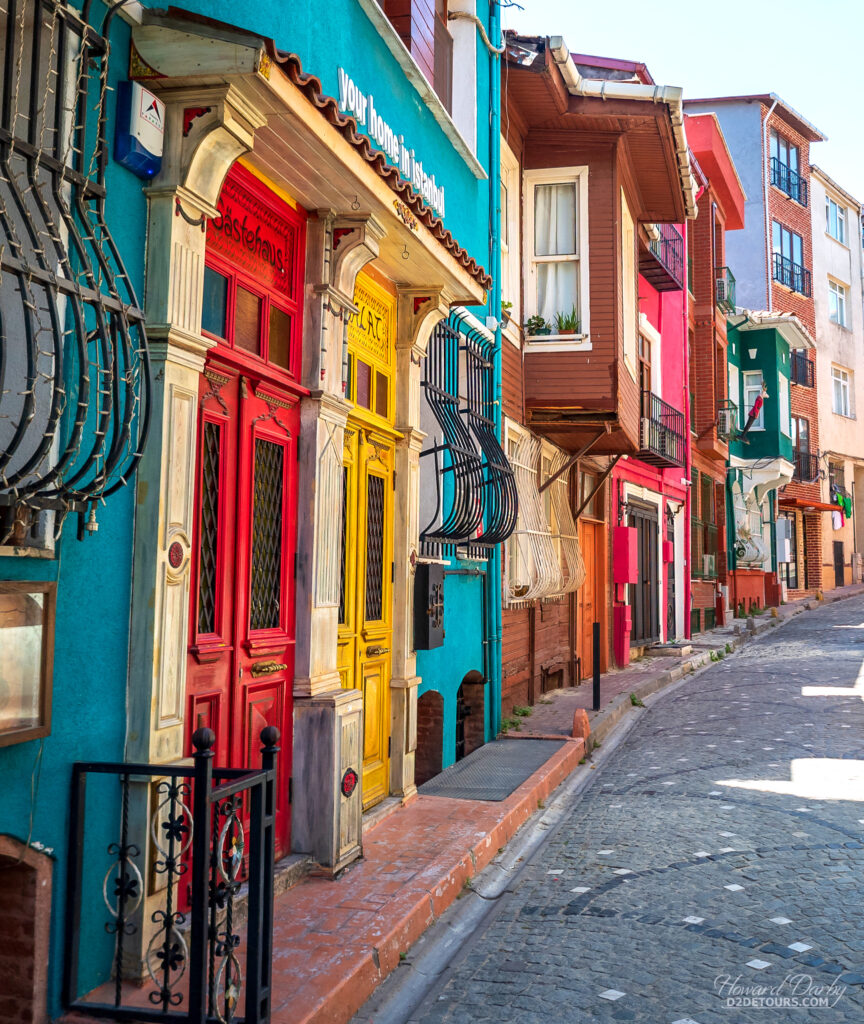
Additional highlights of this section of the city were the Tekfur Place (aka The Palace of the Porphyrogenitus), a 13th-century Byzantine palace that has been repurposed as a pottery and tile museum; the Bulgarian St. Stephen Church, a 19th-century experiment using prefabricated metal to construct the exterior; and the Kariye Mosque (aka the Chora Church) a former Christian church dating from the 4th century with exquisite 14th-century mosaics and frescoes decorating its walls and ceilings. Interestingly, despite its Christian motifs, it is an operating mosque.
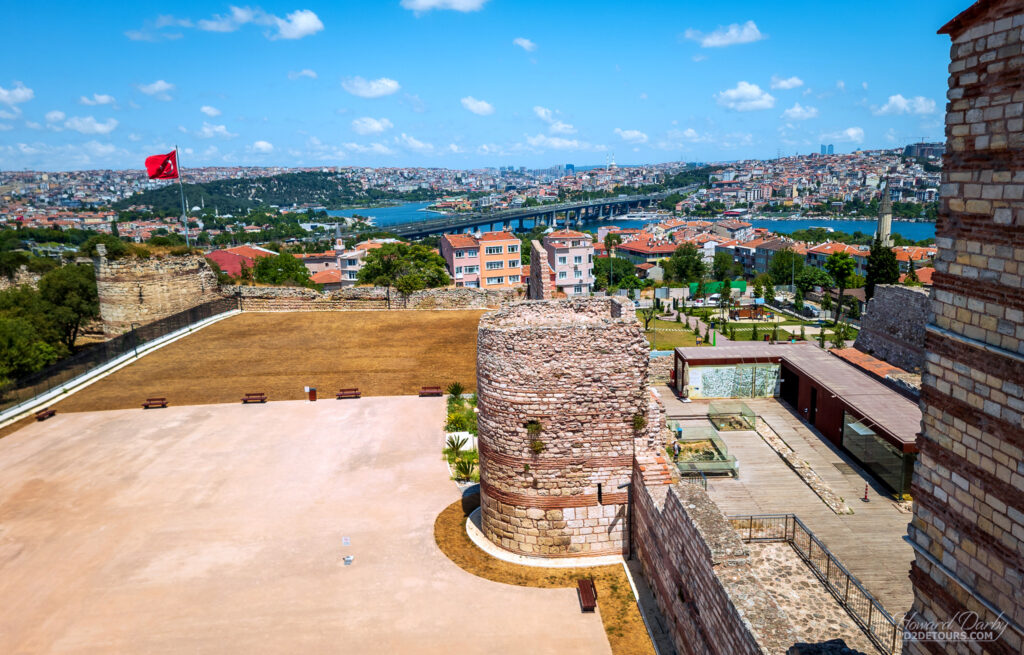
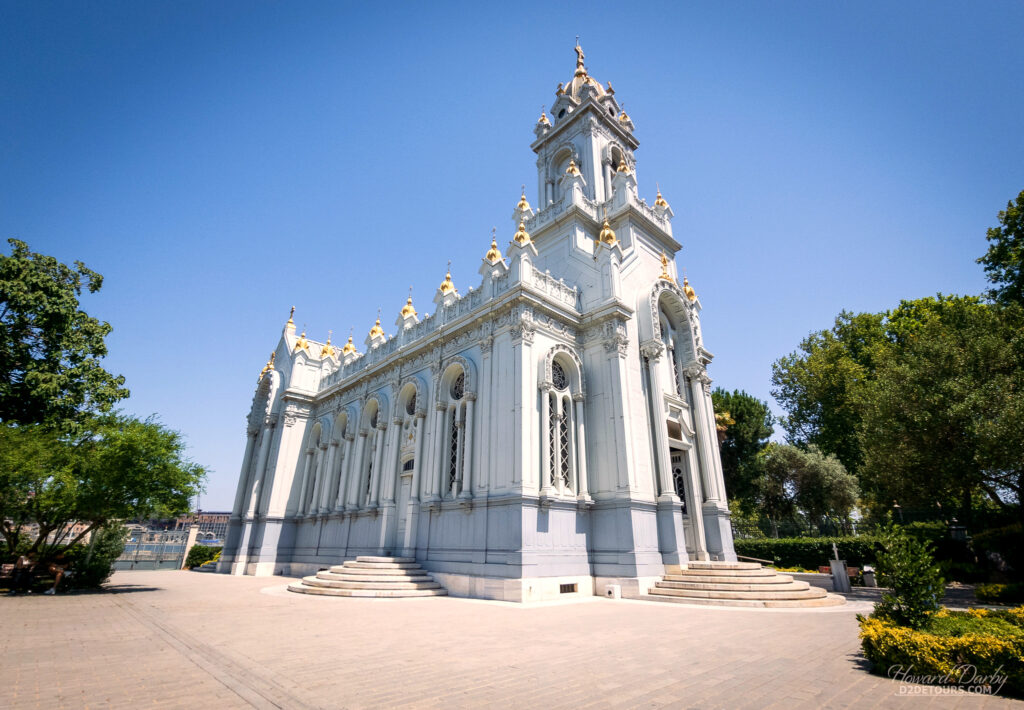

No trip to Türkiye (for us) would be complete without sampling some baklava. Karaköy Güllüoğlu has been satisfying sweet cravings for more than 150 years and you don’t need to know how many times we planned our wanderings to coincide with a stop in their store. Suffice it to say it was more than one visit and probably less than twenty-one.
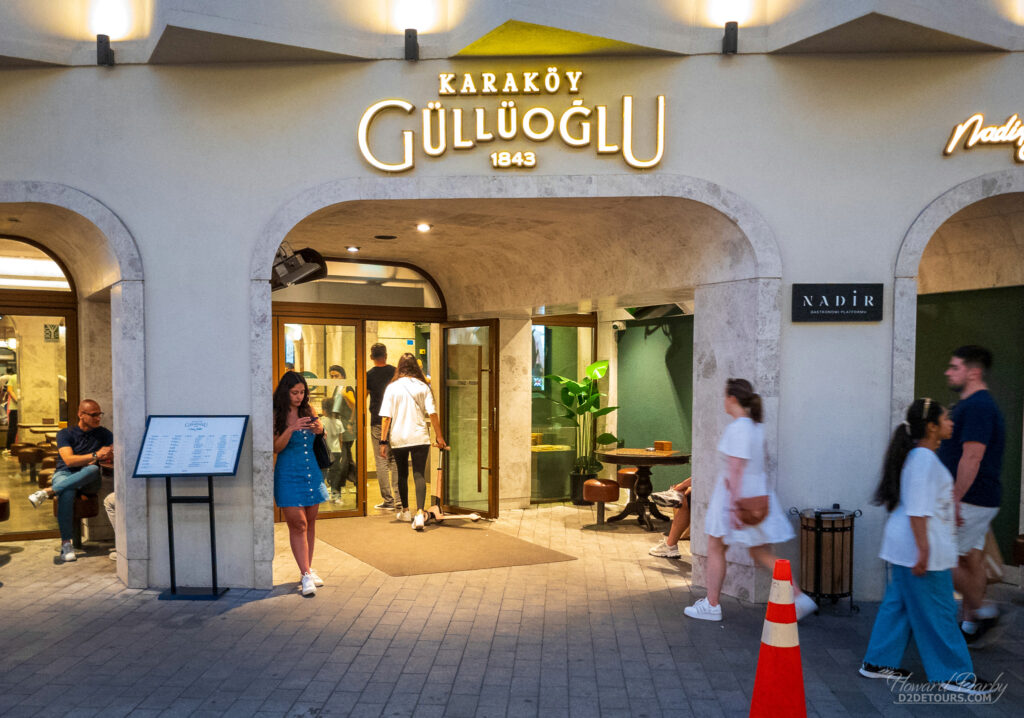
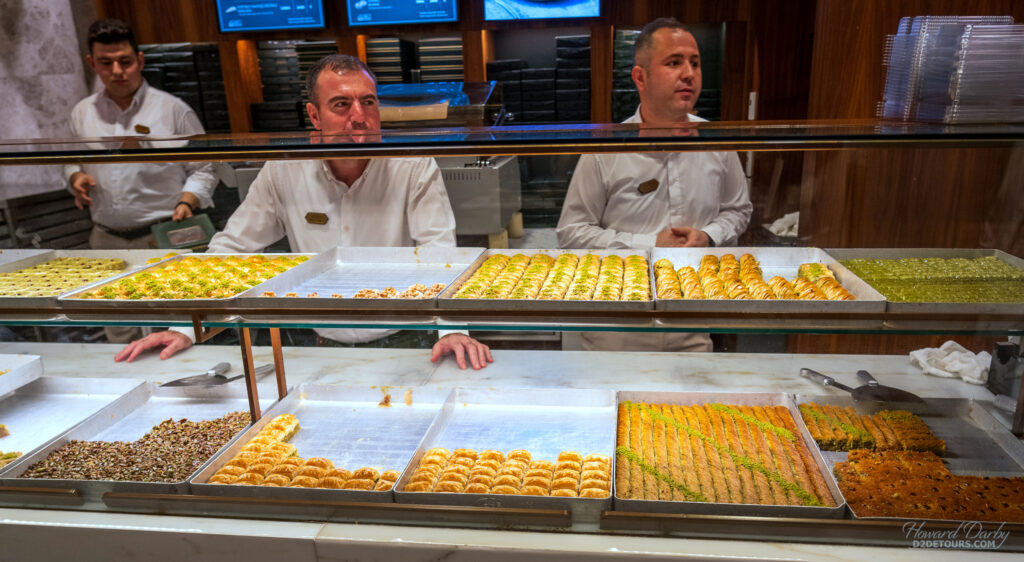
Off to Batumi, Georgia!

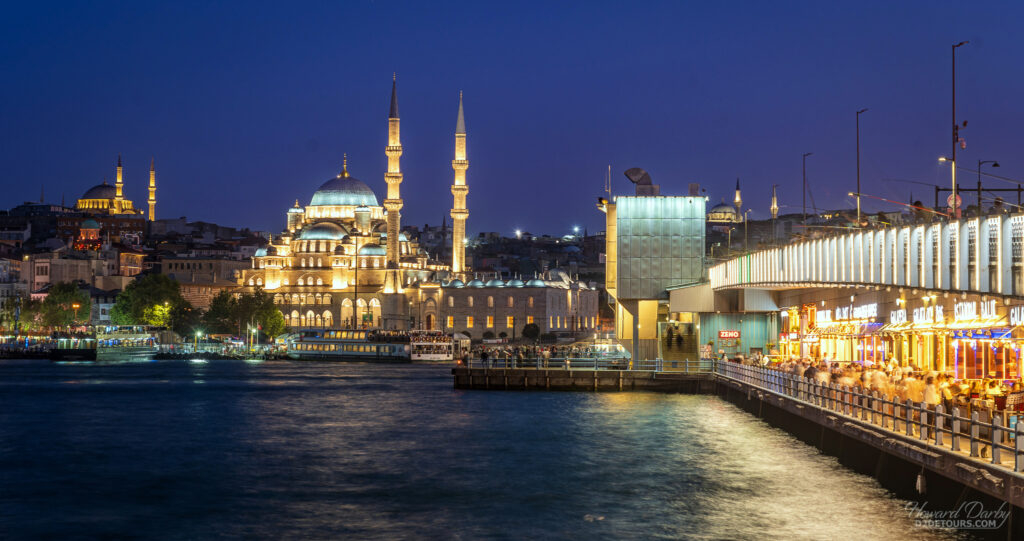

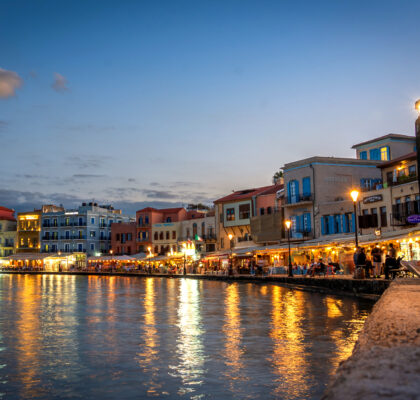
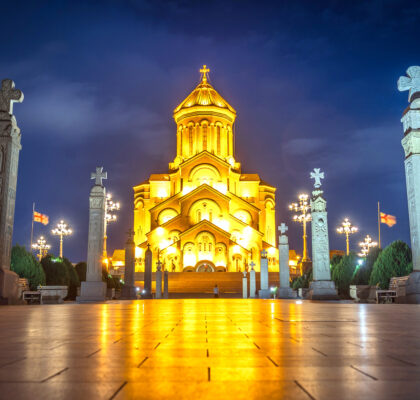
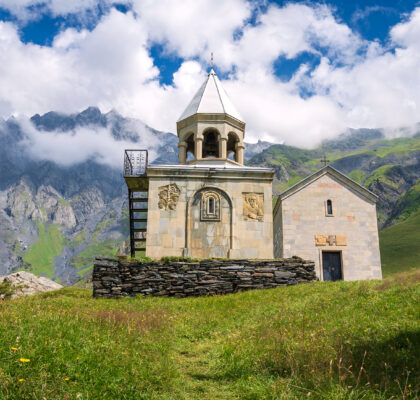
Pingback: Our Top 10 Destinations for Long Stays - D2 Detours